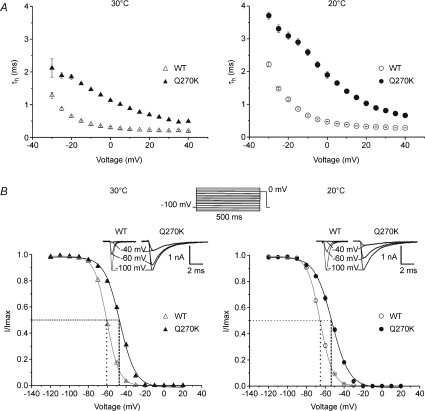Figure 3. Fast inactivation and effect of temperature.
A, the kinetics of fast inactivation were assessed by the time constant (τh) of the exponential decay of whole-cell currents elicited at voltages of −30 to +40 mV. Recordings were carried out at 30 and 20°C in the Q270K mutant and WT. B, the voltage dependence of steady-state fast inactivation was studied at both temperatures using the protocol shown at the top: a 500 ms conditioning pulse to varying voltages (−120 to +20 mV) followed by a test pulse to 0 mV for 20 ms. Peak Na+ currents acquired during the test pulse were normalized to maximal peak value of the series, and plotted against voltage. Insets represent Na+ currents elicited by the test pulse following conditioning pulses at the indicated voltages. Steady-state fast inactivation curves were fitted to a two-state Boltzmann distribution: I(V)/Imax= 1/(1 + exp((V−V0.5)/k)) (continuous lines), where I(V) is the current elicited by the test pulse, Imax the maximum current, V the prepulse voltage, and k the slope factor (mV/e-fold). Broken lines are orthogonal projections of 50% current inactivation on the voltage axis to highlight V0.5. All symbols represent mean values ±s.e.m. Note that decreasing temperature shifted V0.5 toward hyperpolarization in both mutant and WT, leaving the difference between the two channels unchanged.

